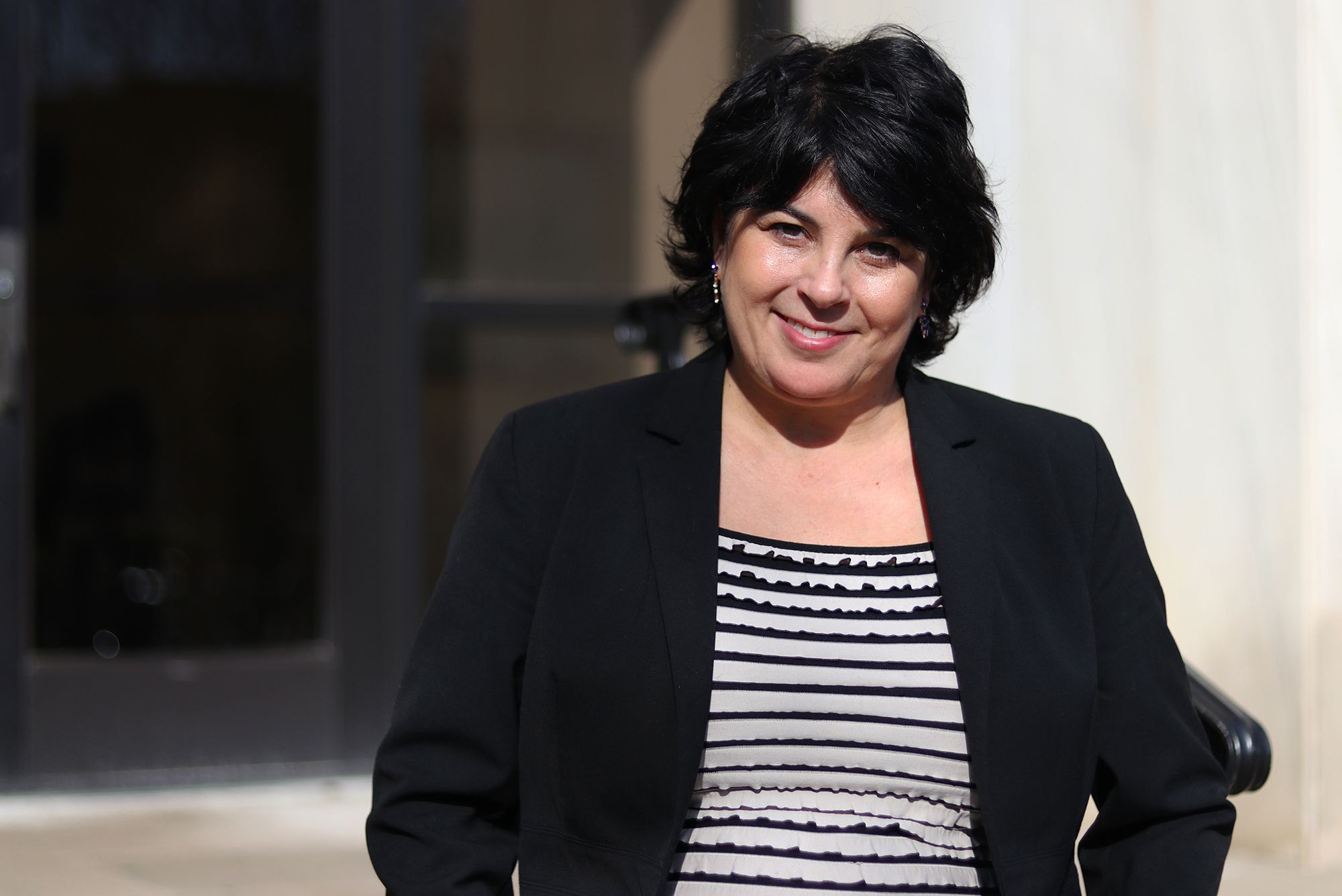American culture has become more open — or “looser” — allowing for more tolerance toward deviance from social norms, according to a University of Maryland-led study published last month.
Published Jan. 28 in the research journal Nature Human Behavior, the study examines cultural differences within one society over time, rather than between different societies. The study found that as the strength of cultural norms in the United States became progressively weaker, its culture became more tolerant toward behavior that is different from those norms, such as profanity and artistic creativity.
“Up until this point we’ve always been studying comparisons across groups, not across time,” said Michele Gelfand, a psychology professor and the study’s lead author. “This is the first study that we did to look at changes in a group in the strength of norms across a long period of time and its consequences in that particular group.”
To measure the “looseness” or “tightness” of a culture, Gelfand and her team developed a linguistic measure to show changes in vocabulary between the years 1800 and 2000.
[Read more: UMD researchers make headway in effort to save honeybees from parasitic mite]
“We had to come up with a way to quantify tightness and looseness,” said Soham De, an alumnus of this university and one of the members of the team.
To do so, the team created an algorithm that analyzes millions of Google News articles to find “tight” words (those associated with following rules) such as “restrain,” “forbade” and “impel,” and “loose” words (those that reflect permissiveness) such as “allow,” “freedom,” “openness” and “leeway.”
They then examined how frequently those words were used over Google Books, an online repository of more than 200 billion books published since 1800.
Depending on how often the words were used and what context they were used in, the algorithm can discern how tight or loose America was at a given point in time, De said.
“We think it’s important to notice when culture is changing, because culture confers different tradeoffs through groups, like with order and openness,” Gelfand said.
[Read more: Should preschoolers take naps? These UMD researchers want to find out.]
Among these tradeoffs, the study revealed that cultural tightness correlated negatively with creative output.
The study examined debt, adolescent pregnancies, crime and high school attendance to evaluate social order. It determined that tighter American culture correlated to less debt, fewer adolescent pregnancies and higher high school attendance.
To measure creative output, the study examined the number of registered patents, trademarks and feature films produced, as well as the frequency of unconventional baby names. It found tighter American culture also correlated to fewer of those creative outputs.
Gelfand suggests scientists should continue to monitor how culture changes because “culture is not static.” She suggested that America may have become tighter in recent years, given terrorism threats and the most recent presidential election.
“Threat is a big predictor of tightness, and when people feel threatened, they want tighter norms,” Gelfand said. “We saw right before the U.S. election people felt threatened — by ISIS, or immigrants — [they] thought the U.S. was too loose, and we predicted their vote for Trump.”
Sohaib Tariq, a junior public health science major, agreed with Gelfand’s conclusion, but can also envision how U.S. culture could get tighter again, given the political climate.
“You can do and say so many things now that you couldn’t do before,” Tariq said. “But at the same time, now on Twitter you sometimes can’t say what you think because people get offended easily.”



